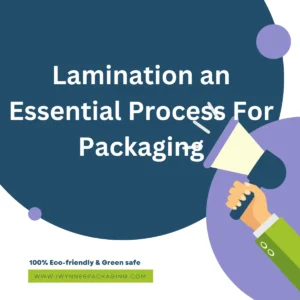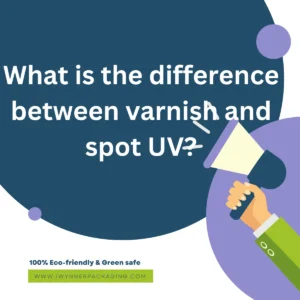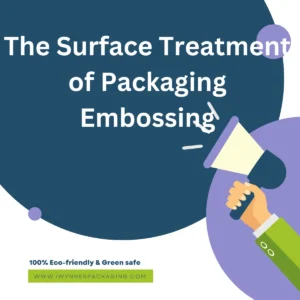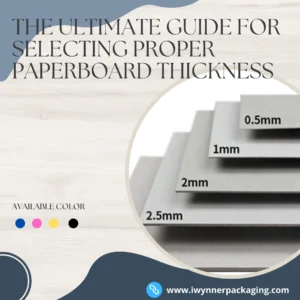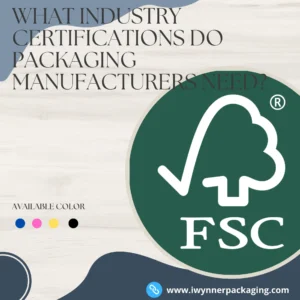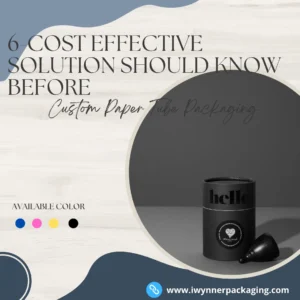When shopping at the grocery store, some customers look at zip-lock pouches, vacuum pouches, or stand-up pouches with zip locks. How would you refer to such a package? This question can be answered by saying, Flexible packaging.
What are mylar bags?
Flexible packaging is any lightweight bag that can be used to pack food items such as bread and chips, as well as pet foods.
Sealing these lightweight bags uses pressure or heat and printing the packaging in an attractive manner allows the consumer to quickly make a purchase decision.
Flexible packaging provides a packaging solution for consumers as well. Zip-lock pouches can be bought at a grocery store for consumers to carry their lunch to work.
Flexible packaging, as the name implies, fulfills several needs of customers.
Flexible packaging consists of sealed pouches and lighter materials such as plastic and polypropylene. The materials can be bent easily and stacked to save space.
Mylar bags are a type of flexible packaging.

How does a Mylar bag work?
Aluminum foil is used to prevent the metalized polyester film from adhering to mylar bags.
DuPont owns the trademark for Mylar. Originally referred to as BOPET (biaxially-oriented polyethylene terephthalate), Mylar bags are polyester films with barrier properties that include gas and chemical stability, moisture resistance, and electrical insulation.
The mylar bag is made when a film of molten polyethylene terephthalate (PET) is squeezed out on a chill roll, extinguishes into an amorphous state, and then is biaxially oriented by drawing.
What are its advantages?
- It protects against light, moisture and insects.
- They create a good oxygen barrier and can remove oxygen.
- Extending the shelf life of food.
Mylar bags are made from metalized polyester and are opaque. Oxygen absorbers, also known as oxygen scavengers, are added to Mylar bags to remove the air.

How to choose Mylar bags?
Up to 99.99% of oxygen can be removed from Mylar bags with oxygen absorbers. In comparison, oxygen absorbers are 50 times more effective than vacuum sealers that remove 99.5% of oxygen. Oxygen absorbers in Mylar bags will remove oxygen, but not nitrogen or other gases, so the volume of gas in the bag will only be reduced by about one-fifth. Since bacteria can only grow in aerobic (oxygen-rich) environments, the presence of nitrogen and other gases in the sealed bag will prevent them from growing.
Because of their metalized nature, Mylar bags are also much tougher and more resistant to gas leakage than vacuum sealer bags. As an aluminum can, Mylar bags provide protection not only against gas permeability but also from light, heat, pests, and damage from impacts and environmental factors.
What kinds of openings are available for the bags?
The bags are available with various openings.
- Plain opening bags
- Zip-lock bags
- Vac-seal bags
They come in 3 different sizes: 20 x 30 cm, 25 x 35 cm and 35 x 50 cm

How do I print my own mylar bags?
Mylar bags are extremely cost-effective and easy to print. In order to create an appeal in the eyes of their customers, businesses prefer custom printed Mylar bags.
Three printing processes have traditionally been used to print package designs: Flexography, Silkscreen and Gravure. Mylar bags can now be printed by customers using new technologies. It is possible to digitally print these bags using inkjet printers in particular.
How long can I keep food in a mylar bag?
The shelf life of food in Mylar bags depends on the type of food, whether the bag is sealed, and the storage conditions. Mylar-wrapped moist foods, such as home or commercially canned foods, have a shelf life of no more than 10 years, but storage of moisture-rich foods is not recommended due to the increased potential for botulism. Dry foods, such as beans and grains, can last 20 to 30 years if stored properly in sealed foil pouches.

What are the conditions needed for storage?
Food storage requires the right conditions and adequate, secure space for your store.
First, find a cool, dry location with plenty of room, as you may need space for thousands of pounds of food, depending on how many people are in your home and how long you need the food store to last. The conditions to consider for your storage location are temperature, light and pest levels.
- A TEMPERATURE SUITABLE FOR STORING FOOD FOR A LONG TIME
Do not store food in your attic or garage. Temperatures in these locations fluctuate wildly throughout the year. Food can be damaged by drastic temperature changes. Heat above the best temperature range of 40 to 60 degrees Fahrenheit can severely shorten shelf life. The shelf life can be halved for every 10.8 degrees of temperature above this ideal range. Find a climate-controlled area of your home.
- FOOD STORAGE LIGHT LEVELS
Food should be stored in opaque containers and kept in a dark location. The light can cause reactions in the food that can reduce its nutritional value. It will still be edible. but will lack the vitamins and minerals it would provide in the dark. In light conditions, proteins and vitamins A, E, and D are most susceptible to degradation. You need these nutrients to stay healthy. Food that is stored improperly can lead to loss of nutrients.
- STORAGE AND CONTAMINATION OF FOOD
However, rats can nibble through mylar bags, allowing light to get through. Mylar packaging protects food from pests, but you still want to store your food in a pest-free area. It is best to keep buckets with food in them off the floor to further discourage pests from entering them. Food eggs that are naturally occurring in the containers are prevented from being eaten by insects when oxygen absorbers are used. Grains are particularly problematic for insect eggs. The removal of oxygen kills the bugs before they can contaminate your food. Keep your foods fresh and as long as possible with airtight and moisture-proof packaging. In some cases, moisture can degrade food quality and make it unsafe. It prevents moisture from humidity or floodwaters from reaching the storage containers when food is kept off the floor. Foods with less than 10 percent moisture have the longest shelf life since moisture reduces their shelf life.

Is Mylar bag BPA Free?
NO. BPA was never used in roll sheet plastic processing and Mylar uses 100% virgin plastics. BPA is mainly used in blown and hot die form processes used to make shaped-type products.



